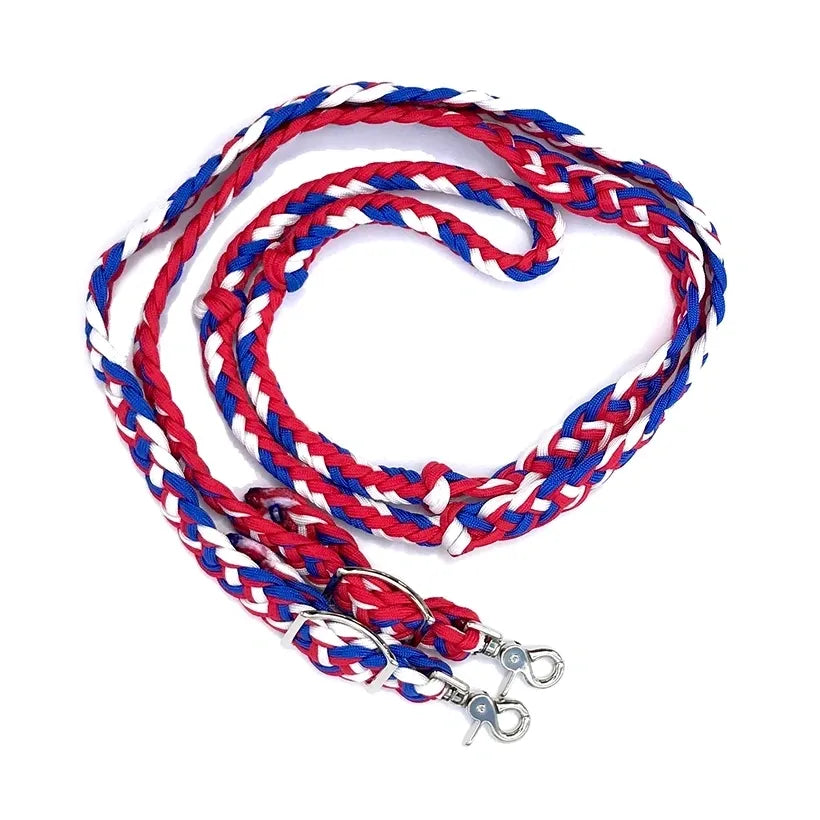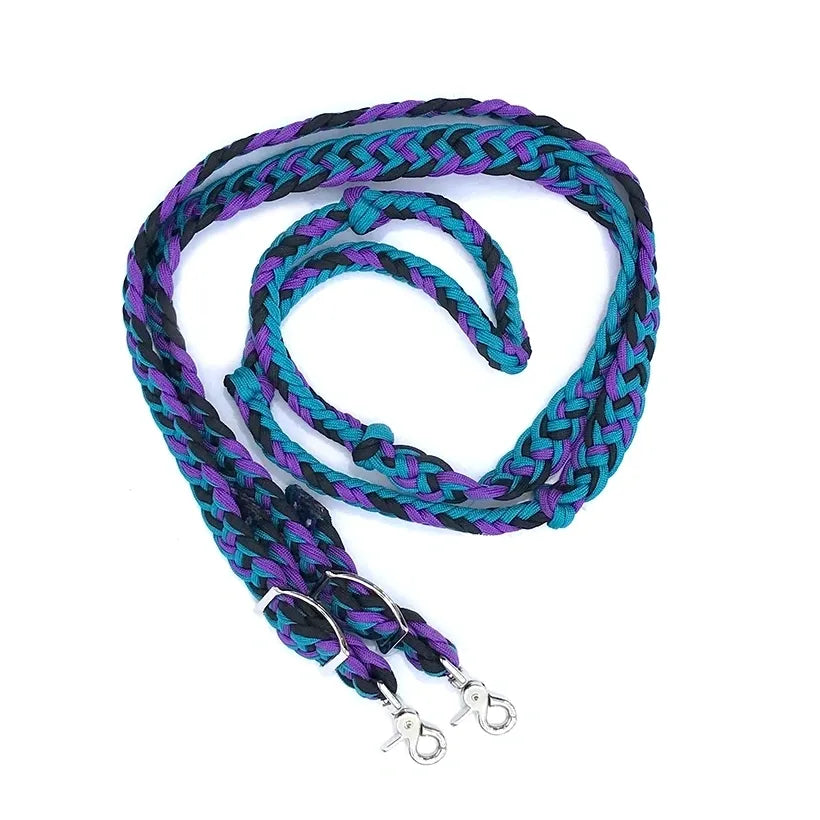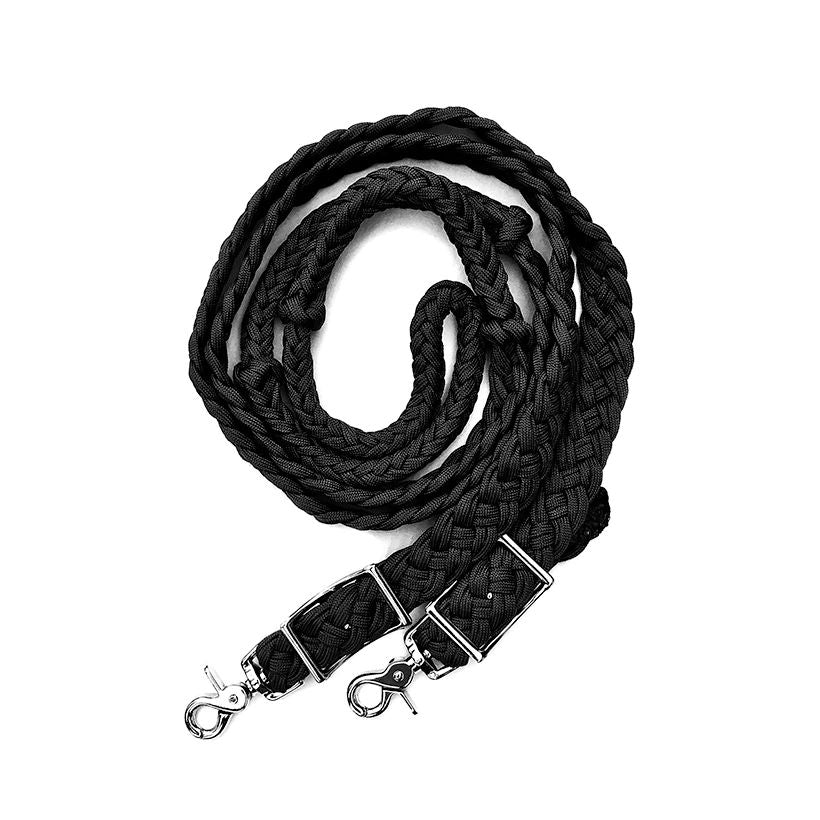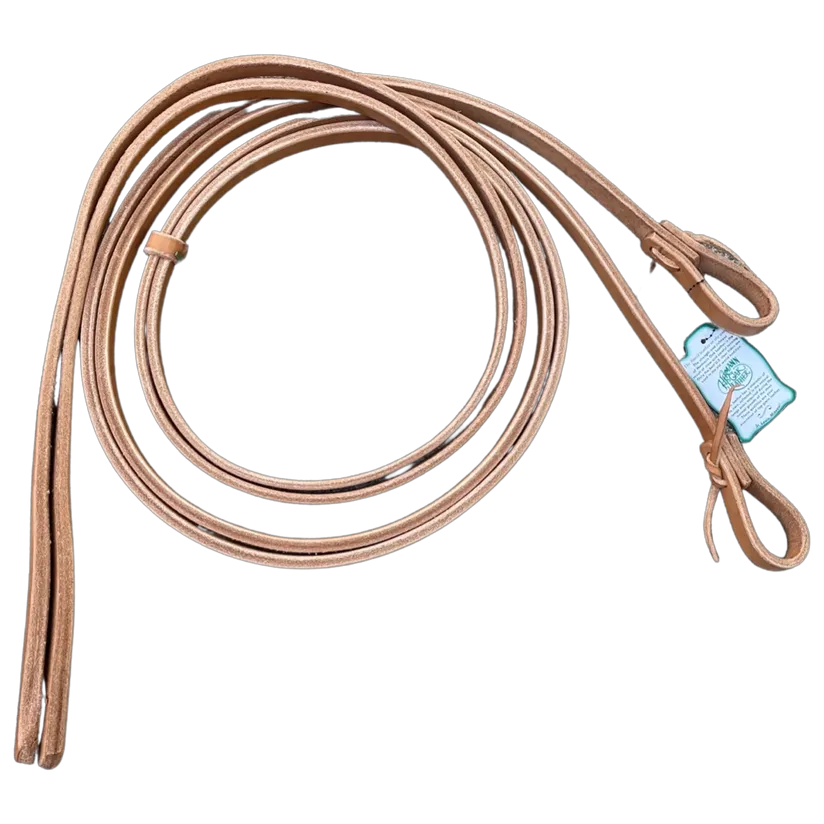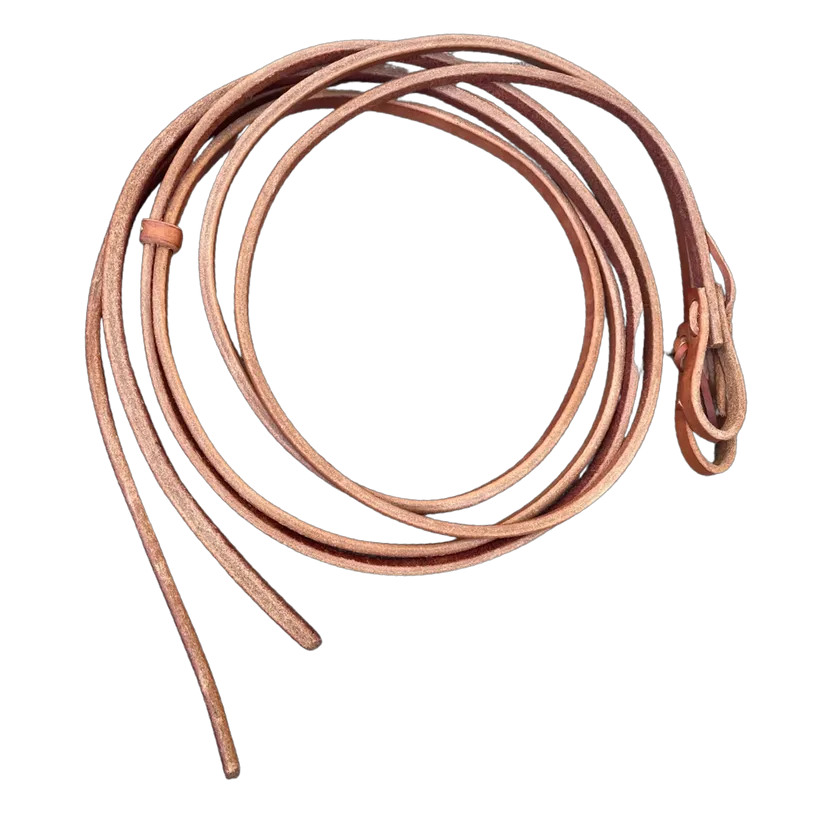When it comes to horseback riding, one of the most important tools is the horse reins. Whether you are riding for fun, competing in events, or training your reining horses, the horse rein is essential for maintaining control and communication with your horse.
This guide will provide you with detailed information about reins for horses, their types, uses, and how to choose the right one for your needs. Let’s get into the world of the reins of a horse to make your riding experience smoother and more enjoyable.
What Are Horse Reins?
A horse reins is a strap used to guide and control the horse. You use them to create a direct line of communication between yourself and your horse, transmitting your commands while you are riding. Understanding rein for horses is important for a beginner or an experienced rider.
Why Are Horse Reins Important?
The reins of a horse play a vital role in:
- Control: These even help riders to turn, stop, or back up the horse.
- Communication: Riders can communicate with the horse through gentle pulls and pressures telling it what to do.
- Safety: Horse reins are used properly so that there is a safer riding experience for the rider and the horse.
Types of Horse Reins
Choosing the right reins for horses depends on your riding style, purpose, and the type of horse you own. Here are the main types:
1. Split Reins
In Western riding, split (or side) reins are used quite often. Made up of two disjoint reins, they are flexible and controlled. They are used for training reining horses, as well as precision maneuvers.
2. Closed Reins
Closed reins are looped reins that when connected become a loop. English riding styles use these and they’re popular because they’re easier to manage.
3. Mecate Reins
Hackamores use mecate reins and they are a Western rider's traditional choice. Made of horsehair, or synthetic material, and usually used for training young horses.
4. Laced Reins
Laced reins are the norm in the English riding world. The interwoven leather strips give these booties a better grip and are well-suited to dressage and for competitive events.
5. Romal Reins
A long quirt is a type of Western rein called Romal. The functions for which they are primarily used include duty with reining horses and cattle.
Materials Used in Horse Reins
Horse reins are made from various materials, each offering unique benefits:
- Leather: Also the longest-lasting and most traditional material, known for durability, and a classic look.
- Nylon: Cheap, lightweight, and simple to keep.
- Rope: Soft and flexible, it’s often used for training reining horses.
- Biothane: Waterproof, fast to clean, and of virtually indestructibility, a synthetic material that mimics leather.
How to Choose the Right Horse Rein
Selecting the perfect horse rein involves considering several factors:
Riding Style
- Western riding reins are also split or mecate reins.
- These are good for English riding as closed or laced reins.
Horse’s Training Level
- For beginner or young reining horses, these materials are softer: rope, and nylon.
- Leather or biothane reins are fine for experienced horses because you will need control.
Rider’s Experience
- For beginners closed reins are easier to manage.
- Split reins are more popular for experienced riders, for the flexibility.
How to Use Horse Reins Properly
Using reins for horses requires practice and skill. Follow these steps for effective rein handling:
- Hold the Reins Correctly: Use your fingers to grip the reins lightly but firmly. Avoid clenching too hard.
- Maintain a Balanced Position: Sit up straight and keep your hands still.
- Apply Gentle Pressure: Instead of excessive force, use light tugs to guide your horse.
- Practice Consistently: Practice rein control in a safe environment, spend some time.
Common Mistakes to Avoid
- Overpulling: Hitting your horse too hard can hurt your horse, and can make you hurt your horse.
- Incorrect Grip: To control them, you may hold the reins too tightly or too loosely.
- Ignoring Signals: Disrupting your ride can be caused by failing to respond to your horse’s cues.
Caring for Your Horse Reins
Proper maintenance of your horse reins ensures longevity and reliability:
- Clean Regularly: Use a damp cloth to wipe away dirt and sweat.
- Condition Leather Reins: To prevent cracking apply leather conditioner.
- Store Properly: Place your reins in a dry, cool, off-sunlight location.
- Inspect for Wear: Check for signs of fraying or damage before every ride.
Conclusion
The right horse reins can make a big difference to your riding experience if you understand what they are and how to use them. If you’re a reining horses handler, competing at events, or simply a horse rider looking forward to a casual ride, your choice of reins of a horse is important to ensure control, safety, and communication with your horse.
Explore our collection of reins for horses to find the perfect match for your needs and improve your equestrian journey. Start riding with confidence today!
FAQs:
Q1: What are the best reins for horses for beginners?
For beginners closed reins are ideal as they are easy to bear and may prevent dropping or slipping.
Q2: Can I use the same horse reins for different riding styles?
Versatile reins aren’t a bad thing, but you only want reins suited for your style of riding.
Q3: How do I know if my horse rein is the right length?
It is to be long enough to permit comfortable movement for the horse but short enough to keep control.
Q4: Are synthetic reins better than leather reins?
Synthetic resins are low maintenance and waterproof, but have an effort-made feel and are durable; leather reins are traditional and durable but require work.
Q5: What type of reins is best for reining horses?
For reining horses, they are often split reins, or romal reins, because they are flexible enough and accurate enough to allow quick and smooth hand transitions.



